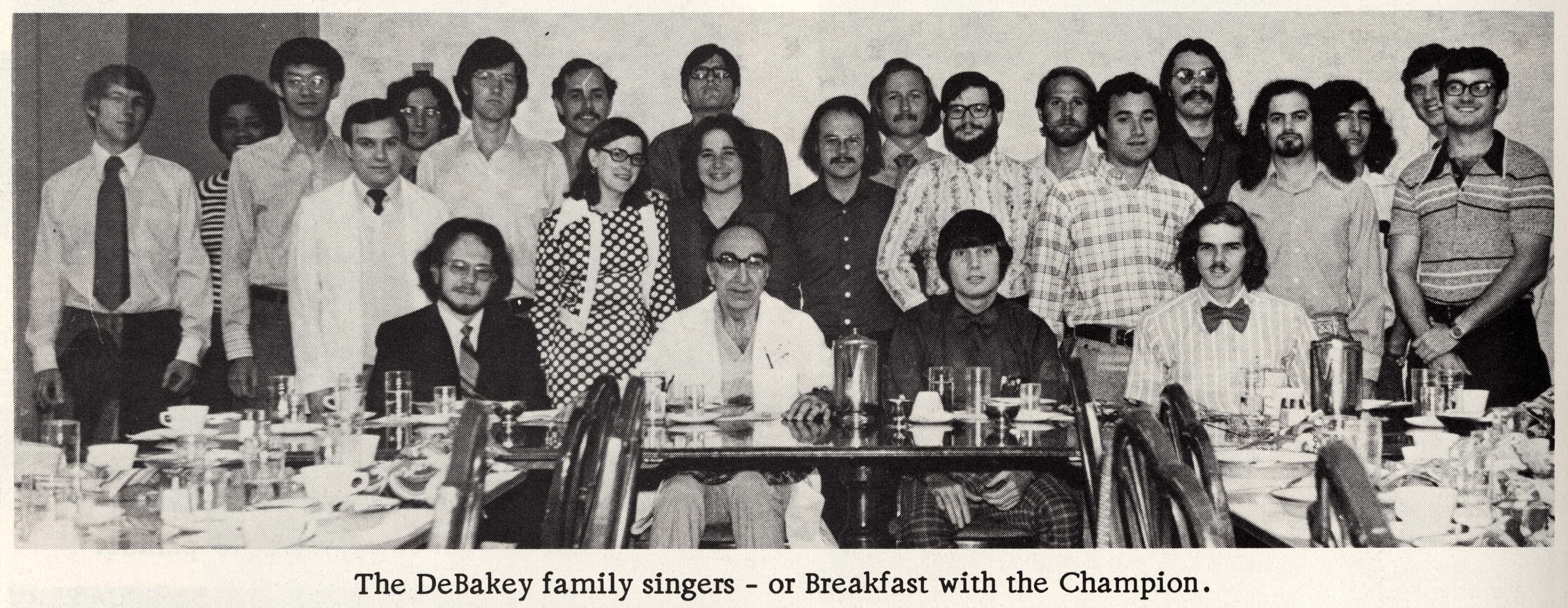Advancing innovative research for Baylor scientists
This feature is part of a series that focuses on VIICTR, highlighting clinical and translational research at Baylor College of Medicine.
The Advanced Technology Core Labs at Baylor College of Medicine provides faculty, trainees, and students with every possible resource to pursue their research objectives. Established in 2010, the ATC consists of 19 labs that offer specialized instrumentation, technology and expertise to support the continuum of research—from study design to data analysis and all processes in between.
Dean Edwards, Ph.D., director of the ATC Labs, tells us about how the labs facilitate innovative research and foster collaborations among scientists at all research levels.
The individual cores at Baylor have been in place for quite awhile. What prompted the decision to form the Advanced Technology Core in 2010?
Baylor wanted to centralize all of the existing cores so that core directors were better informed about what each other was doing. It was a way to consolidate operations, administration, and budgeting for all the cores, minimize duplication, and be more responsive to researchers’ needs. Consolidating the various cores and marketing their services has significantly increased awareness and usage. We’ve grown from six cores in 2010 to 19 cores in 2013.
How do the ATC labs benefit individual researchers?
Most researchers do not have the sophisticated instrumentation and specialized technologies in their labs that we do in ours, so the cores have become an essential driver of research for many people on our campus. At the researcher’s request, we can get involved in the front-end design of experiments and in the back-end data analysis–delivering state-of-the-art instrumentation and expertise. All of our directors are Baylor faculty who been very successful at getting grants. During the last 2 years, the cores have $2.5 million in extramural grants collectively for operations and another $2.5 million for shared instrument grants. In addition to the extramural funding, institutional sources cover a portion of the operational costs; and as a result, investigators only pay about 50 percent of the total cost to use our services.
So does that mean researchers are getting more bang for their buck?
Absolutely. Since we organized back in 2010, two things have happened: We’ve been more organized and successful as a group at securing grants; and Baylor, because it likes what we are doing, has increased the amount of institutional support it provides. So the combination of these things has enabled us to build up the ATC labs and offer competitive prices, which increases core usage by researchers and helps their dollars go much further.
Are there any specific cores that are more in demand than others?
Genomic profiling, cell sorting, and cytometry are our real workhorses; they each provide services for more than 100 investigators annually. They have continued to respond to increased usage, and Baylor has supported them with new instrumentation and expansion. In fact, we’re doing major laboratory renovations to physically centralize like cores. For example, major construction is being done on the first floor of the Cullen building to house both the integrative microscopy core and the optical imaging and vital microscopy core. Some of these cores have existed in lab environments that weren’t designed for sophisticated technology, so these new labs are being designed to accommodate their specific services. On the other hand, the C-BASS (cell-based assay) core tends to have smaller number of users because it’s services and technology platform is geared toward large projects. Directors of that core are using RNA interference assays to screen for individual genes on a genome-wide basis and look for those that are involved in different biological processes. It’s a very powerful and sophisticated high-throughput genome-wide screening core that uses lots of robotics and automation.
Is there anything new on the horizon for 2014?
Dr. Arun Sreekumar’s metabolomics lab, which is already functioning as a cancer center core, will be officially expanded into an institution-wide ATC core this year; and a pluripotent stem cell core is in the planning phase for late 2014. We are also developing a nuclease-directed genome editing core, which uses TALEN and CRISPR technology to cut, delete, or mutate specific sites of the genome. It’s a new and powerful way to introduce specific mutations or alterations in endogenous genes, and it can be done in cells, cultures, animals, or in vivo. We’re hoping to have it open in the near future.
How responsive is the ATC to researchers’ various needs?
We evaluate the cores’ individual performance and user satisfaction. We annually survey everyone who has used a core in the last few years to solicit feedback on that core’s performance and quality. Core directors also make annual presentations to an executive oversight committee of senior faculty, who in turn complete a written review of the core’s performance including recommendations for improvements to respond to user requests and other issues. The pending TALEN and CRISPR core is being developed partly in response to researchers’ requests. And the metabolomics core is the result of a huge need that was identified through a user survey. We can’t move fast enough on that one.
Read more
Online resource helps connect researchers, resources
Learn more about the ATC labs.
Explore the Virtually Integrated Institutions for Clinical and Translational Research.




